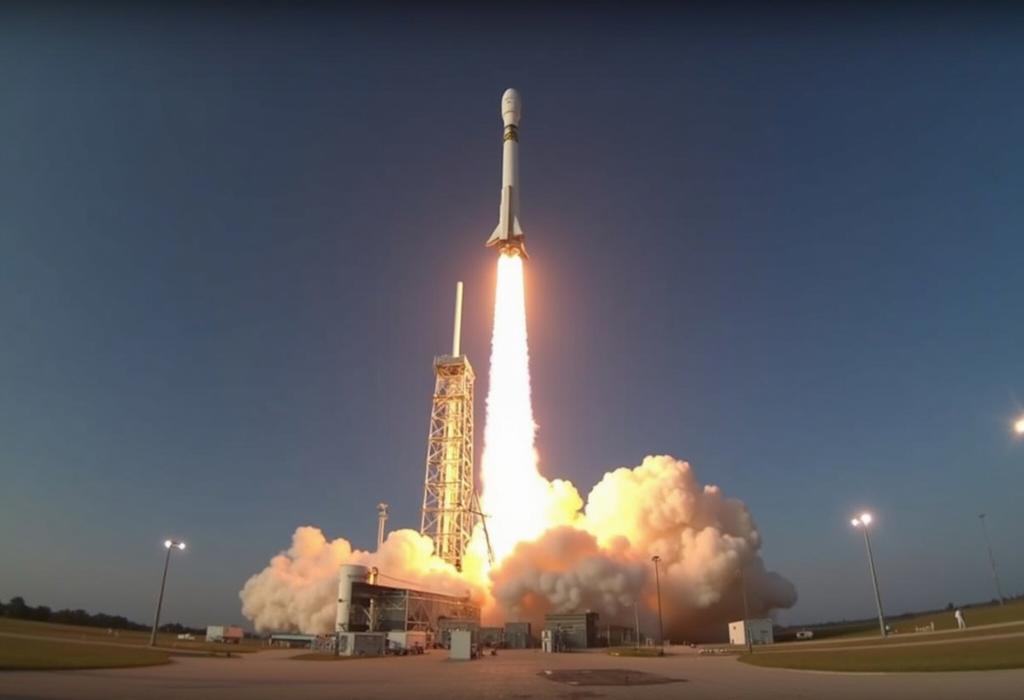In a significant stride towards providing global internet coverage, SpaceX, the American Space Exploration Technologies Corporation, successfully launched 27 new Starlink satellites from Vandenberg Air Force Base in California. The Falcon 9 rocket, heralding another triumph for SpaceX's reusable rocket technology, reached low Earth orbit approximately 60 minutes after liftoff. Notably, the first section of the rocket executed a well-rehearsed maneuver, landing on a SpaceX drone in the Pacific Ocean just eight minutes post-launch, underscoring the company's dedication to cost-effective space exploration. Starlink's satellite constellation, currently the largest in existence, now oversees approximately 7,100 active satellites providing high-speed internet across the globe, including remote areas where traditional internet services are unreliable. This mission marks the 24th successful launch and landing for the first-stage booster, reiterating SpaceX's ability to recycle expensive rocket components effectively. Detailed checklists by astrophysicist Jonathan McDowell outline that while over 8,100 Starlink satellites have been dispatched, some have encountered operational challenges. However, such innovations stand to underpin SpaceX's strategic goal of connecting 5 million users in over 125 countries. The implications of this technological push are immense, likely invigorating competition and innovation within the telecommunications industry. This advancement takes particular note within the context of Vandenberg's rigorous launch schedule, recording its 11th Falcon launch of the year. Further boosting SpaceX's productive year, the Cape Canaveral scheduling signals upcoming launches, including a Falcon 9 mission with specialized Direct to Cell capabilities. Each milestone aligns with SpaceX's broader vision for accessible and affordable space exploration, yet it's essential to weigh potential concerns such as space debris management and low Earth orbit congestion.
AD
AD
AD
AD
Bias Analysis
Bias Score:
15/100
Neutral
Biased
This news has been analyzed from 21 different sources.
Bias Assessment: The news articles reviewed show a generally factual reporting style, focusing on technical aspects and achievements of SpaceX without evident preferential language. Most coverage objectively narrates the event's details, like launch logistics, technological features, and global service improvements due to the mission. The bias score of 15 reflects minor positive bias: the articles highlight SpaceX's innovation and accomplishments without balancing these with potential issues like environmental impact or competition analysis. Therefore, the slight bias leans towards approving the technological and strategic benefits brought by SpaceX.
Key Questions About This Article




